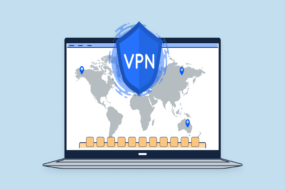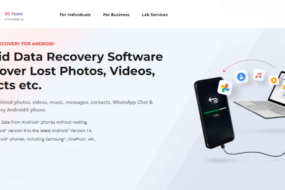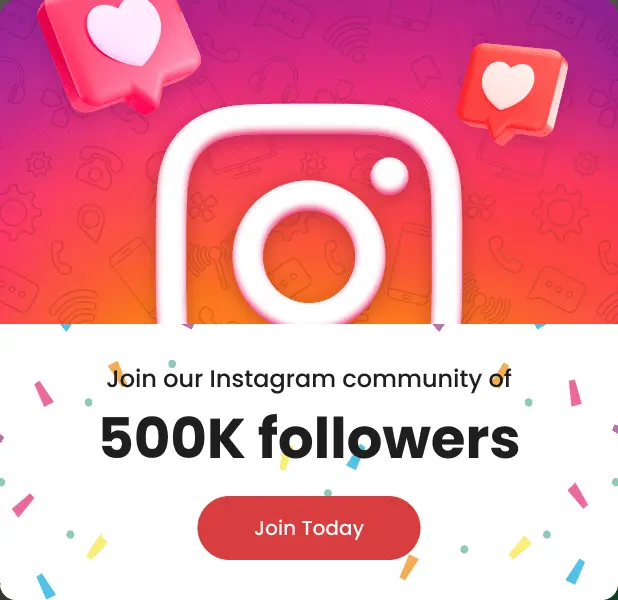Text messaging is one of the most effective ways to reach customers and potential customers. Text messages can quickly build relationships, engage with your audience, and share relevant information. However, creating segmented text message campaigns for different audiences is essential to ensure that your communication is as effective as possible.
By segmenting your campaigns, you can tailor them to meet the needs of specific audiences, increasing the likelihood of engagement and conversion. In this blog post, we’ll discuss how to create segmented text message campaigns recommended by top SMS marketing platforms for different audiences so you can maximize their effectiveness.
Segment by Demographics

One way to create segmented text message campaigns for different audiences is by demographics such as age, gender, location, or income level. For example, suppose you are targeting younger people between 18 and 25 years old in a particular city or region.
In that case, you may want to send a different message than if you were targeting older people over 40 years old in another area. By considering demographic information when creating campaign segments, you can ensure the messaging resonates with each group of people more effectively.
Segment by Interests

Another way to create segmented text message campaigns for different audiences is by interests or behaviors. Some subscribers may have expressed interest in one particular product or service, while others may be interested in something else.
Knowing what type of content resonates best with each group allows you to send messages tailored specifically to their interests, ultimately increasing engagement rates among these groups. Additionally, segmenting based on interests will enable you to easily track which messages resonate with which groups so that future notifications can be further tailored accordingly.
For example, if a particular group responds well when they receive discounts on products or services they’ve expressed interest in before, it would be beneficial to continue sending those types of offers to keep them engaged and loyal customers.
On the other hand, if another group tends not to respond well when they receive discounts, it might be more beneficial for that group if you focus more on providing informational content about new products or services instead of promotional offers.
Segment by Device Type

It’s also important to consider device type when creating segments for your text message campaigns because there may be differences in how users interact with content depending on which device they are using when they receive your messages (e.g., Android vs. iOS).
For example, suppose you find that users who access your website from an iPhone tend to convert more often than those who access it from an Android phone. Here, it would be beneficial for your campaign to create separate messaging segments. These should be based on device type. The reason is, it allows each user to receive a tailored experienced based on what device they are currently using when viewing your website.
Alternatively, the same exercise can be used for reading through a text message campaign from you. This will help ensure higher engagement rates across all devices, ultimately leading to better conversion results overall.
What If You Don’t Have Enough Data?

If you don’t have enough data points to segment your audience accurately or want to test out different messaging strategies before diving in too deep, creating an A/B testing campaign may be beneficial. This type of campaign will allow you to send two slightly different versions of a text message to two different segments of your audience and then compare how each version performs in terms of engagement and conversion.
This will give you the data you need to decide which messages resonate best with specific audiences.
Conclusion
Creating segmented text message campaigns for different audiences is essential for ensuring maximum engagement rates among various groups of people and optimizing conversions overall. When creating segments for your campaigns, consider critical characteristics such as demographics like age or gender, interests or behaviors, and even device type depending on which platform users are accessing when they view the content from your campaign(s).
By doing this, you will be able to ensure that each user receives a personalized experience explicitly tailored towards their needs and preferences—ultimately leading them down the path towards becoming loyal customers over time!
Find out more:










